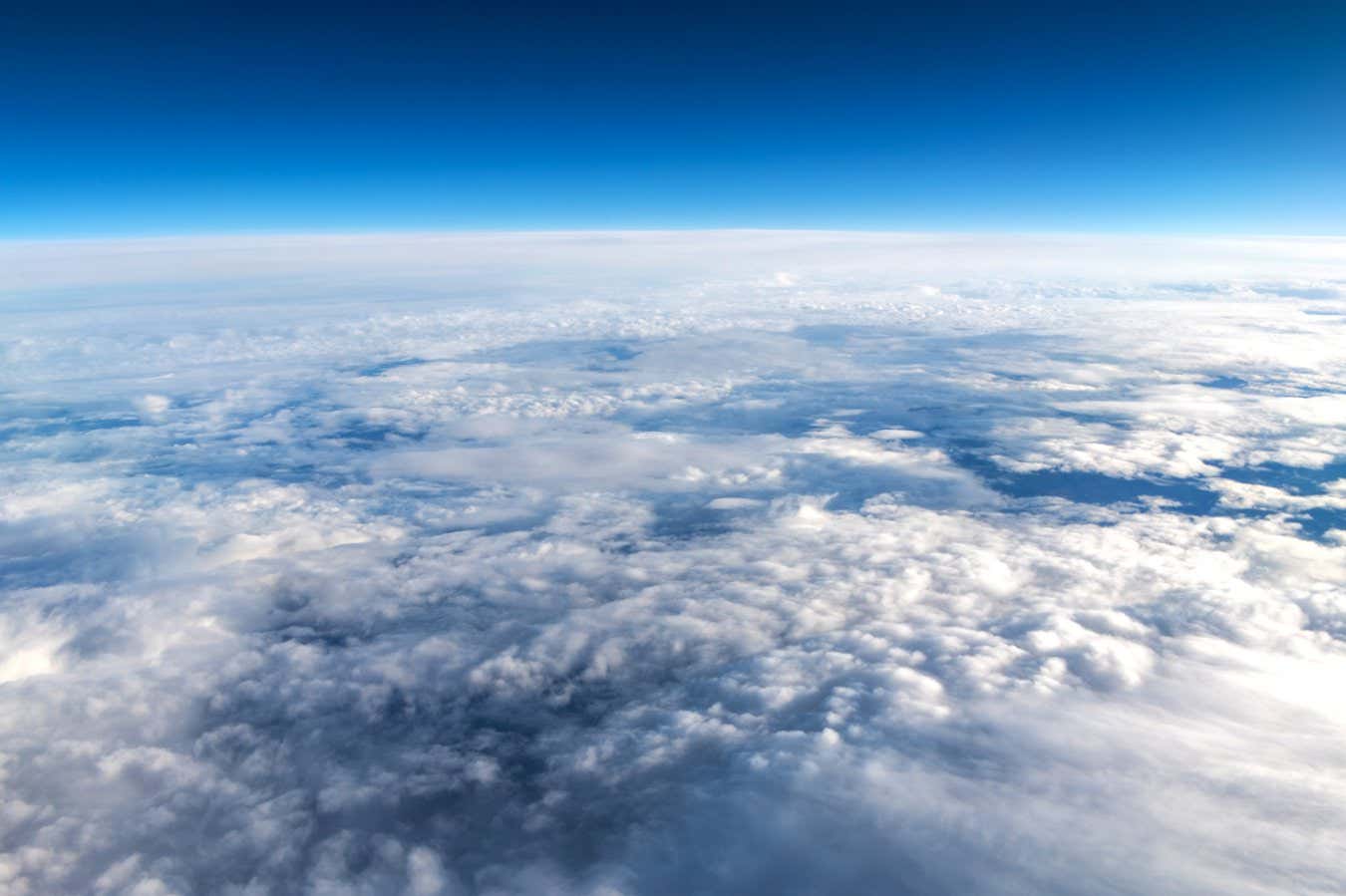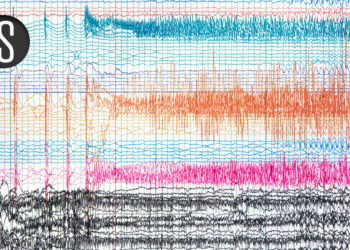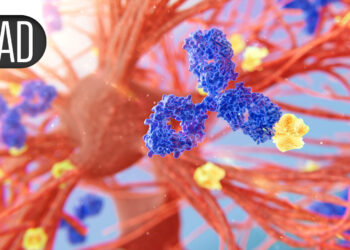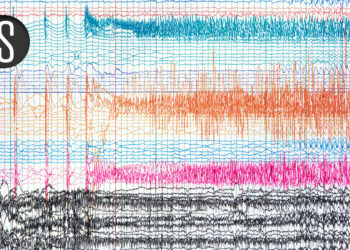
A variety of bacteria, fungi and viruses live in the clouds above Earth’s surface
George Pachantouris/Getty Images
The colours of microbes that live in clouds high in the sky have been measured for the first time, giving scientists clues that could help us find life on other planets.
A diverse range of microorganisms have been found living high in Earth’s atmosphere at concentrations of up to 100,000 microbes per cubic metre, and they are known to play a role in cloud formation.
These organisms produce pigments to protect themselves from the strong ultraviolet light at extreme altitudes.
If similar airborne life forms exist in the atmosphere of other planets, we could therefore detect them from afar by analysing the wavelengths, or spectra, of light that those planets reflect, says Ligia Coelho at Cornell University in New York state.
“Biopigments are a powerful and surprisingly universal biosignature,” says Coelho. “Since UV is a universal stressor for life on any planet with a star, it’s plausible that reflective pigments serving the same function could evolve elsewhere, too.”
To learn more about the colours of airborne microbes on Earth, Coelho cultured microbes collected by Brent Christner at the University of Florida and his colleagues. Christner’s team used a helium balloon to capture the microbes on sticky rods between 3 and 38 kilometres above Earth’s surface.
Coelho’s team then measured the reflectance spectra of the coloured compounds produced by the microbes. They generated a range of yellow, orange and pink colours, created by carotenoid pigments such as beta-carotene, which is also found in carrots.
Finally, the team modelled how these spectra would vary on worlds with different environmental conditions – such as wetter or drier planets.
“For the first time, we now have real reflectance spectra of pigmented microorganisms from the atmosphere that can be used as reference data to model and detect life in clouds,” says Coelho.
Astronomers are already searching for evidence of life outside our solar system by analysing the light reflected by planets. This can reveal chemical signatures of gases in the atmosphere, like oxygen and methane, which could be produced by living organisms, or signs of surface life, such as green chlorophyll produced by vegetation or microbes.
Until now, clouds shrouding exoplanets have been considered a hindrance because they obscure both atmospheric and surface-level biosignatures.
“Our planetary simulations show that if a planet’s clouds had high concentrations of these microorganisms, their spectra would potentially change in a detectable way,” says Coelho.
Future space telescopes such as NASA’s proposed Habitable Worlds Observatory could enhance our ability to look for life in other star systems.
However, even with more advanced instruments, the concentrations of airborne microbes would have to be very high for us to detect them from such great distances. “The concentrations of these microorganisms in Earth’s atmosphere are far below current detection thresholds,” says Coelho.
“Based on the resolution expected for NASA’s Habitable Worlds Observatory, the one we modelled in this study, we would need microbial cell densities comparable to those found in an ocean algae bloom, which are indeed detectable from space.”
Clare Fletcher at the University of New South Wales, Australia, says searching for the carotenoids produced by stratospheric microbes as well as the chlorophyll produced by plants could be helpful. “However, it assumes that life on these exoplanets would be similar to life on Earth, which may not be the case,” she says.
Peter Tuthill at the University of Sydney, Australia, says he is sceptical that the stratospheric biosignatures identified by the study will be useful in the search for life on other planets. “I’m glad I don’t have to design the instrument to pick out that biosignature out of the noise at a distance of 20 parsecs,” he says.
Topics:
Source link : https://www.newscientist.com/article/2501010-cloud-microbes-colours-could-help-us-detect-life-on-other-planets/?utm_campaign=RSS%7CNSNS&utm_source=NSNS&utm_medium=RSS&utm_content=home
Author :
Publish date : 2025-10-23 13:00:00
Copyright for syndicated content belongs to the linked Source.














